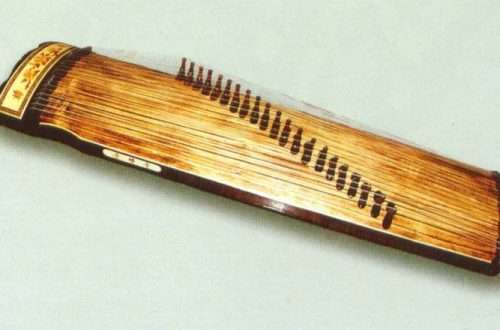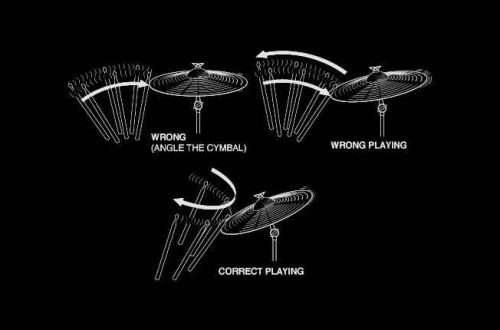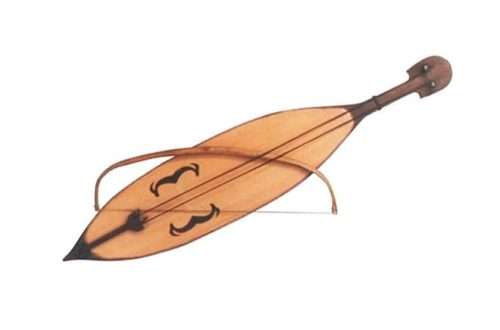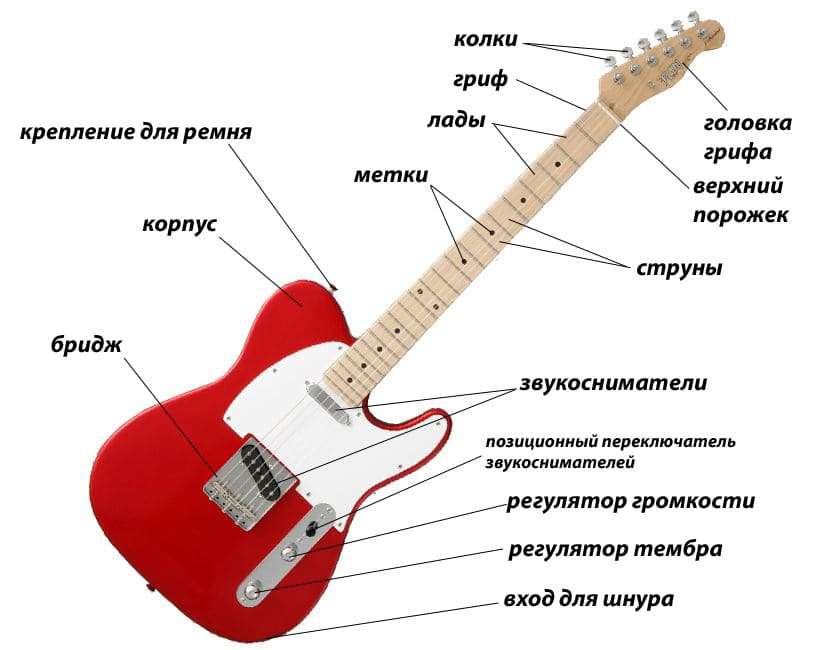
Electric guitar: composition, principle of operation, history, types, playing techniques, use
Contents
An electric guitar is a type of plucked instrument equipped with electromagnetic pickups that convert string vibrations into electric current. The electric guitar is one of the youngest musical instruments, it was created in the middle of the 20th century. Outwardly similar to a conventional acoustic, but has a more complex design, equipped with additional elements.
How an electric guitar works
The body of the electric tool is made of maple, mahogany, ash wood. The fretboard is made of ebony, rosewood. The number of strings is 6, 7 or 8. The product weighs 2-3 kg.
The structure of the neck is almost similar to that of an acoustic guitar. There are frets on the fingerboard, and tuning pegs on the headstock. The neck is attached to the body with glue or bolts, inside it is equipped with an anchor – protection against bending due to tension.
They make two types of body: hollow and solid, both are flat. Hollow electric guitars sound velvety, soft, and are used in blues and jazz compositions. A solid wood guitar has a more piercing, aggressive sound suitable for rock music.

An electric guitar should be composed of elements that distinguish it from its acoustic relative. These are the following parts of the electric guitar:
- Bridge – fixing the strings on the deck. With tremolo – movable, allowing you to change the string tension and pitch by a couple of tones, play vibrato with open strings. Without tremolo – motionless, with a simple design.
- Pickups are sensors for converting string vibrations into an electrical signal of two types: a single-coil, which gives a clean, optimal sound for blues and country, and a humbucker, which produces a strong, rich sound, optimal for rock.
Even on the body are the tone and volume controls connected to the pickups.
To play the electric guitar, you need to purchase equipment:
- combo amplifier – the main component for extracting a guitar sound, it can be a tube (best in sound) and transistor;
- pedals for creating a variety of sound effects;
- processor – a technical device for the simultaneous implementation of several sound effects.

Principle of operation
The structure of a 6-string electric guitar is the same as an acoustic one: mi, si, sol, re, la, mi.
The strings can be “released” to make the sound heavier. Most often, the 6th, thickest string is “released” from “mi” to “re” and below. It turns out a system that is beloved by metal bands, the name of which is “drop”. In 7-string electric guitars, the bottom string is usually “released” in “B”.
The sound of an electric guitar is provided by pickups: a complex of magnets and a wire coil surrounding them. On the case, they may look like metal plates.
The principle of operation of the pickup is the transformation of string vibrations into an alternating current pulse. Step by step it happens like this:
- The vibrations of the string propagate in the field formed by the magnets.
- In a connected but at rest guitar, interaction with the pickup does not make the magnetic field active.
- The touch of the musician to the string leads to the appearance of an electric current in the coil.
- The wires carry current to the amplifier.
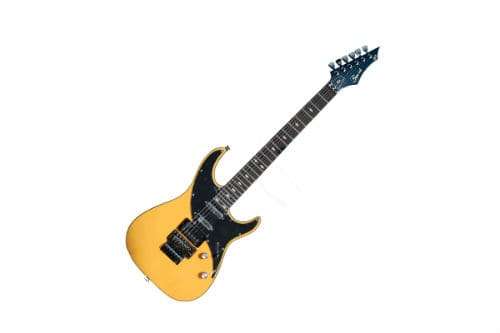
The story of
In the 1920s, blues and jazz players used the acoustic guitar, but as the genres developed, its sonic power began to be lacking. In 1923, engineer Lloyd Gore was able to come up with an electrostatic type pickup. In 1931, Georges Beauchamps created the electromagnetic pickup. Thus began the history of the electric guitar.
The world’s first electric guitar was nicknamed the “frying pan” for its metal body. In the late 30s, enthusiasts tried to attach pickups to a hollow Spanish guitar from a classical form, but the experiment led to distortion of the sound, the appearance of noise. Engineers have eliminated defects by means of a double winding of the reverse direction, damping noise impulses.
In 1950, entrepreneur Leo Fender launched the Esquire guitars, later the Broadcaster and Telecaster models appeared on the market. The Stratocaster, the most popular form of electric guitar, was introduced to the market in 1954. In 1952, Gibson released the Les Paul, an electric guitar that became one of the standards. Ibanez’s first 8-string electric guitar was made to order for Swedish metal rockers Meshuggah.
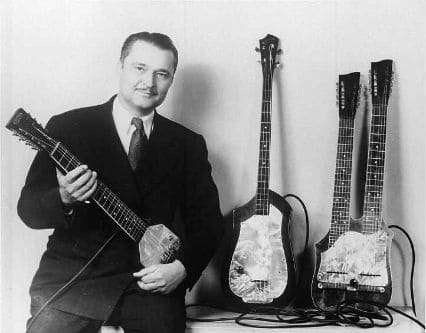
Types of electric guitars
The main difference between electric guitars is the size. Small guitars are produced mainly by Fender. The brand’s most popular compact tool is the Hard Tail Stratocaster.
Popular brands of electric guitars and product features:
- The Stratocaster is an American model with 3 pickups and a 5 way switch to expand sound combinations.
- Superstrat – originally a kind of stratocaster with sophisticated fittings. Now the superstrat is a large category of guitars, differing from its predecessor in an unusual body contour made of a different type of wood, as well as a headstock, a string holder.
- Lespol is a versatile model of elegant shape with a mahogany body.
- Telecaster – electric guitar, made in a simple style of ash or alder.
- SG is an original horned instrument made from a single piece of wood.
- The Explorer is a star-shaped guitar with a sound switch on the very edge of the body.
- Randy Rhoads is a short scale electric guitar. Ideal for fast enumeration.
- The Flying V is a swept-back guitar favored by metal rockers. Based on it, King V was made – a model for guitarist Robbin Crosby, nicknamed “the king”.
- BC Rich are beautiful rocker guitars. Popular models include the Mockingbird, which appeared in 1975, and the Warlock electric and bass guitar with a “satanic” body contour for heavy metal.
- The Firebird is Gibson’s first solid wood model since 1963.
- The Jazzmaster is an electric guitar produced since 1958. The “waist” of the body is displaced for the convenience of a seated Play, since jazzmen, unlike rockers, do not play standing.
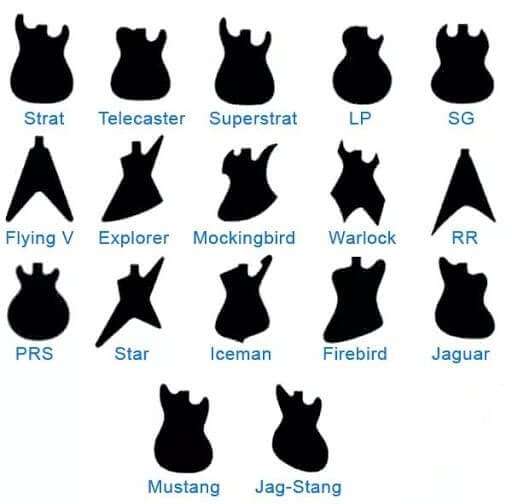
Electric guitar playing techniques
The choice of ways to play the electric guitar is great, they can be connected and alternated. The most common tricks:
- hammer-on – strikes with fingers perpendicular to the plane of the fretboard on the strings;
- pull-off – the opposite of the previous technique – breaking the fingers from the sounding strings;
- bend – the pressed string moves perpendicular to the fretboard, the sound gradually becomes higher;
- slide – move the fingers lengthwise the strings up and down;
- vibrato – trembling of a finger on a string;
- trill – fast alternate reproduction of two notes;
- rake – passing down the strings with the manifestation of the last note, at the same time the string row is muted with the left index finger;
- flageolet – a slight touch with a finger of a string over 3,5,7, 12 nut, then picking with a plectrum;
- tapping – playing the first note with the right finger, then playing with the left fingers.
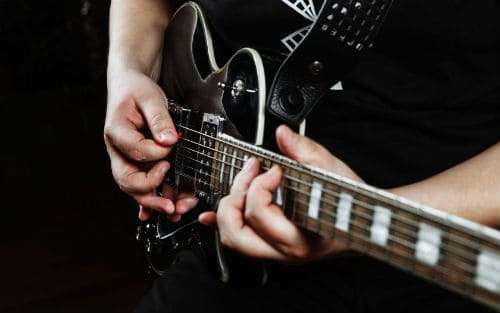
Using
Most often, electric guitars are used by rockers of all directions, including punk and alternative rock. Aggressive and “torn” sound is used in hard rock, soft and polyphonic – in folk.
The electric guitar is chosen by jazz and blues musicians, less often by pop and disco performers.
How to choose
The best option for a beginner is a 6-string 22-fret instrument with a fixed scale and bolt-on neck.
To choose the right guitar before buying:
- Examine the product. Make sure that there are no external defects, scratches, chips.
- Listen to how the strings sound without an amplifier at all frets. Do not take the instrument if the sound is too muffled, rattling is heard.
- Check if the neck is flat, well attached to the body, and comfortable in the hand.
- Try playing by connecting the instrument to a sound amplifier. Check the sound quality.
- Check how each pickup works. Change volume and tone. Sound changes should be smooth, without extraneous noise.
- If there is a familiar musician, ask him to play a recognizable melody. It must sound clean.
An electric guitar is not cheap, so take your purchase seriously. A good instrument will last a long time, allowing you to improve your musical skills without any problems.



